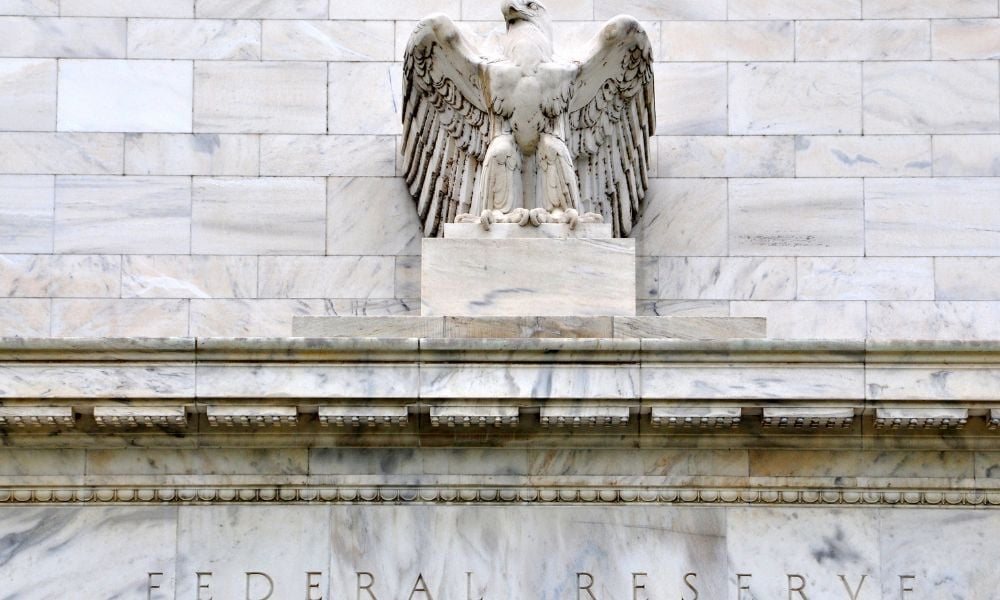While advisors continue to debate what would happen if embedded commissions and/or DSC funds disappear, some wealth professionals are proposing an alternative that many consider obsolete
When and if embedded commissions disappear from the advisor landscape post-CRM2 implementation there’s a common belief that a gap in advice will result but financial planning expert Michael Kitces suggests the retainer fee model, the most unlikely of compensation models, could actually fill the bill.
Those opposed to doing away with embedded commissions argue that a swath of middle- to lower-income Canadians will be unable to afford financial advice if the only fee model available to them is a quarterly bill based on a percentage of assets under management. At least that seems to be the findings of the UK experience.
This "experiment (of eliminating embedded comp.) has inevitably resulted in rising advice costs, reduced advisor numbers and a significant reduction in the delivery of financial advice,” Richard Bishop, a practicing financial advisor in the UK and Coventry University College lecturer, wrote in a scathing op-ed in the Financial Times in early September.
Kitces lays out the numbers in the U.S. for the traditional AUM fee model and what that means for newer options such as the retainer fee model.
“According to Spectrem Group, there are a little over 1.3 million “ultra-high-net-worth” households (wealth over $5M), another 8.8 million “millionaire” households (with $1M to $5M of wealth), and almost 30 million “mass affluent” households ($100k to $1M of net worth),” Kitces wrote in a September 21 blog post. “To put that in context, according to the US Census, there are about 115 million total households in the US. Which means put together, barely 1/3rd of all households in the US have enough assets to meet even a $100k asset minimum!”
Further, Kitces points out that when you add in the mass affluent that invest through 401(k) plans, barely 20% of Americans have enough assets to qualify for the traditional AUM model leaving 80% on the outside looking in.
“Given that the overwhelming majority of households today cannot possibly be served by AUM fees, ultimately the market potential for retainer fee models may be so large that, in the long run, retainer fees may become the dominant model, and AUM fees becomes a niche model for higher-net-worth clientele who happen to have assets to manage, in addition to needing financial planning services!” Kitces writes. “After all, advisors competing in that space [retainer model] enjoy both a huge untapped market, and almost no competition, because the rest of the industry is still pushing towards operating under the ever-more-crowded-and-undifferentiated AUM model!”
To read Kitces post click here.
Those opposed to doing away with embedded commissions argue that a swath of middle- to lower-income Canadians will be unable to afford financial advice if the only fee model available to them is a quarterly bill based on a percentage of assets under management. At least that seems to be the findings of the UK experience.
This "experiment (of eliminating embedded comp.) has inevitably resulted in rising advice costs, reduced advisor numbers and a significant reduction in the delivery of financial advice,” Richard Bishop, a practicing financial advisor in the UK and Coventry University College lecturer, wrote in a scathing op-ed in the Financial Times in early September.
Kitces lays out the numbers in the U.S. for the traditional AUM fee model and what that means for newer options such as the retainer fee model.
“According to Spectrem Group, there are a little over 1.3 million “ultra-high-net-worth” households (wealth over $5M), another 8.8 million “millionaire” households (with $1M to $5M of wealth), and almost 30 million “mass affluent” households ($100k to $1M of net worth),” Kitces wrote in a September 21 blog post. “To put that in context, according to the US Census, there are about 115 million total households in the US. Which means put together, barely 1/3rd of all households in the US have enough assets to meet even a $100k asset minimum!”
Further, Kitces points out that when you add in the mass affluent that invest through 401(k) plans, barely 20% of Americans have enough assets to qualify for the traditional AUM model leaving 80% on the outside looking in.
“Given that the overwhelming majority of households today cannot possibly be served by AUM fees, ultimately the market potential for retainer fee models may be so large that, in the long run, retainer fees may become the dominant model, and AUM fees becomes a niche model for higher-net-worth clientele who happen to have assets to manage, in addition to needing financial planning services!” Kitces writes. “After all, advisors competing in that space [retainer model] enjoy both a huge untapped market, and almost no competition, because the rest of the industry is still pushing towards operating under the ever-more-crowded-and-undifferentiated AUM model!”
To read Kitces post click here.



